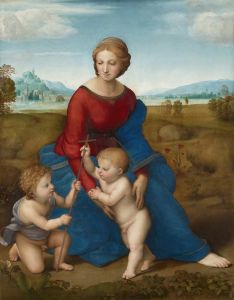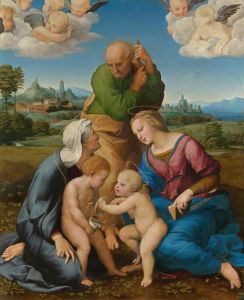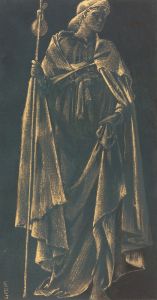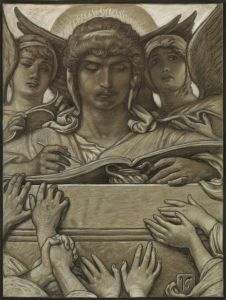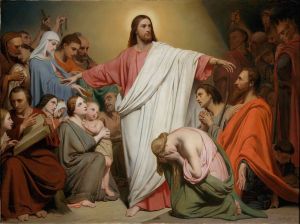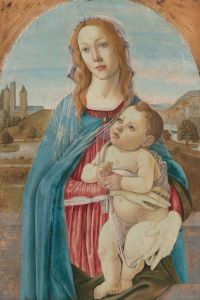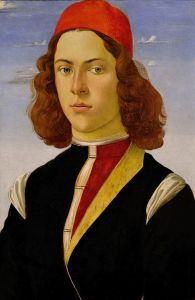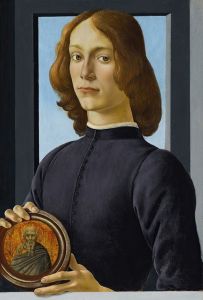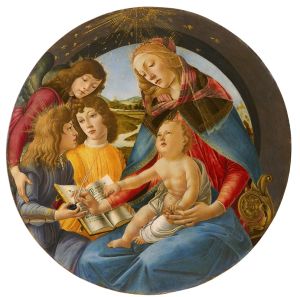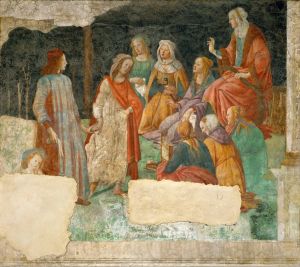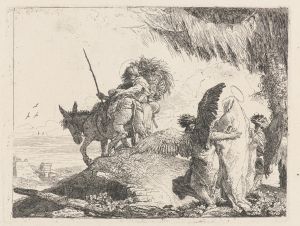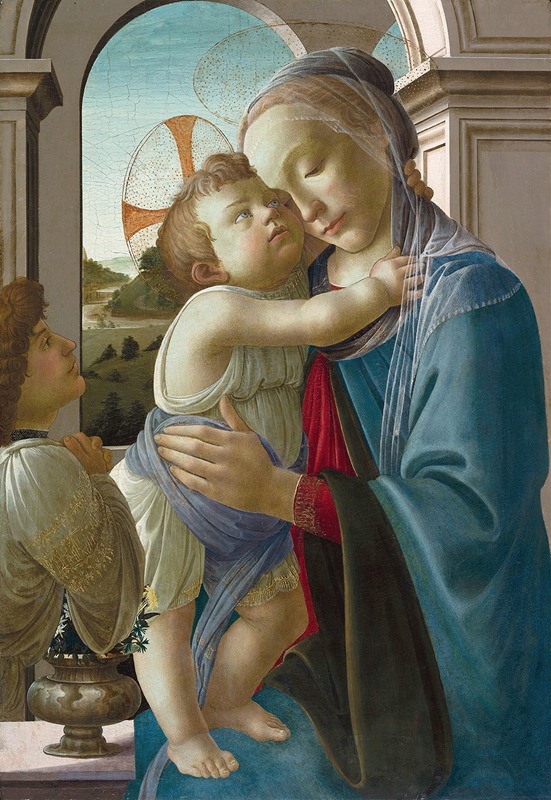
Virgin and Child with an Angel
A hand-painted replica of Sandro Botticelli’s masterpiece Virgin and Child with an Angel, meticulously crafted by professional artists to capture the true essence of the original. Each piece is created with museum-quality canvas and rare mineral pigments, carefully painted by experienced artists with delicate brushstrokes and rich, layered colors to perfectly recreate the texture of the original artwork. Unlike machine-printed reproductions, this hand-painted version brings the painting to life, infused with the artist’s emotions and skill in every stroke. Whether for personal collection or home decoration, it instantly elevates the artistic atmosphere of any space.
"Virgin and Child with an Angel" is a painting by the renowned Italian Renaissance artist Sandro Botticelli. Botticelli, whose full name was Alessandro di Mariano di Vanni Filipepi, was an influential painter of the Florentine School during the Early Renaissance. He is best known for his works "The Birth of Venus" and "Primavera," which exemplify the linear grace and beauty that characterize his style.
The painting "Virgin and Child with an Angel" is believed to have been created around the late 1460s to early 1470s. This period marks Botticelli's early career, during which he was developing his distinctive style. The artwork is executed in tempera on panel, a common medium during the Renaissance, which involves the use of egg yolk to bind pigments, resulting in a matte finish.
In this painting, Botticelli depicts the Virgin Mary holding the Christ Child, accompanied by an angel. The composition is intimate and serene, reflecting the tender relationship between mother and child, a common theme in Christian art. The figures are rendered with Botticelli's characteristic elegance and attention to detail, particularly in the delicate features and flowing drapery.
The Virgin Mary is portrayed with a gentle and contemplative expression, her head slightly tilted as she gazes at the Christ Child. She is often depicted wearing a blue mantle, symbolizing her purity and heavenly nature. The Christ Child is shown as an infant, embodying innocence and divinity. The angel, positioned beside them, adds a celestial presence to the scene, often depicted with youthful beauty and ethereal grace.
Botticelli's use of line and form in "Virgin and Child with an Angel" demonstrates his mastery of composition and his ability to convey emotion through subtle gestures and expressions. The figures are set against a simple background, which serves to emphasize their presence and the spiritual significance of the scene.
The painting reflects the influence of Botticelli's teacher, Filippo Lippi, who was known for his delicate and graceful figures. Additionally, Botticelli's work shows the impact of the broader artistic trends of the time, including the emphasis on naturalism and the exploration of perspective, which were hallmarks of the Renaissance.
"Virgin and Child with an Angel" is housed in the Museo Nazionale di Capodimonte in Naples, Italy. The museum is home to an extensive collection of artworks from various periods, and Botticelli's painting is among its notable pieces. The artwork is appreciated for its beauty and the insight it provides into Botticelli's early development as an artist.
This painting is a testament to Botticelli's skill in capturing the divine and human aspects of religious subjects, a quality that has contributed to his enduring legacy in the history of art. Through works like "Virgin and Child with an Angel," Botticelli continues to be celebrated for his contribution to the Renaissance and his ability to convey profound spiritual themes with grace and elegance.





